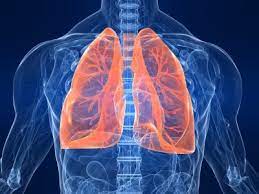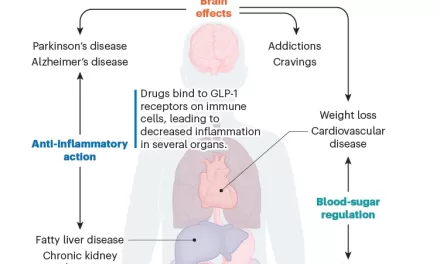Osaka, Japan – A groundbreaking advancement in medical technology has been unveiled, with an artificial intelligence (AI) model capable of estimating lung function from chest x-rays. This innovative approach, detailed in a study published in The Lancet Digital Health, has the potential to revolutionize how clinicians assess pulmonary health.
Traditionally, chest x-rays have been instrumental in diagnosing diseases such as tuberculosis, lung cancer, and other respiratory conditions. However, determining lung function has relied on spirometry, a method that requires patient cooperation to inhale and exhale into an instrument. This process can be challenging for certain populations, including infants, individuals with dementia, or those who are bedridden.
The research, led by Associate Professor Daiju Ueda and Professor Yukio Miki at Osaka Metropolitan University’s Graduate School of Medicine, introduces an AI model trained on over 140,000 chest radiographs collected over nearly two decades. The AI’s performance was fine-tuned by comparing its estimates with actual spirometric data, resulting in a remarkably high Pearson’s correlation coefficient (r) of over 0.90. This indicates a strong agreement between the AI’s estimates and traditional spirometry measurements, suggesting the model’s suitability for practical use.
Enhancing Pulmonary Function Assessment
The AI model’s ability to estimate lung function accurately from chest x-rays offers a significant advancement for patients who struggle with spirometry. “Highly significant is the fact that just by using the static information from chest x-rays, our method suggests the possibility of accurately estimating lung function, which is normally evaluated through tests requiring the patients to exert physical energy,” explained Professor Ueda.
This innovation is particularly beneficial for patient populations where traditional spirometry is impractical. By reducing the need for patient cooperation, the AI model could facilitate more comprehensive and accessible pulmonary assessments.
A Collaborative Achievement
The development of this AI model is a testament to the collaborative efforts of physicians, researchers, technicians, and patients from several institutions. “This AI model was built through the cooperation of many people,” Professor Ueda emphasized. “If it can help lessen the burden on patients while also reducing medical costs, that would be a wonderful thing.”
Implications for the Future
The potential applications of this AI model extend beyond clinical settings, potentially influencing healthcare policies and practices globally. By providing a reliable alternative to spirometry, the model could streamline pulmonary function assessments, particularly in under-resourced or remote areas where access to spirometry equipment is limited.
As the medical community continues to explore and validate the use of AI in healthcare, this study represents a significant step toward integrating advanced technologies into routine medical practice. The AI model developed by Professor Ueda and his team not only exemplifies innovation in medical diagnostics but also promises to enhance patient care and improve health outcomes worldwide.
Conclusion
The integration of AI in medical diagnostics is poised to bring transformative changes to healthcare. The new AI model developed by the research team at Osaka Metropolitan University marks a significant milestone, demonstrating that lung function can be accurately estimated from chest x-rays. As this technology advances, it holds the potential to make pulmonary assessments more accessible, efficient, and patient-friendly, heralding a new era in respiratory medicine.












